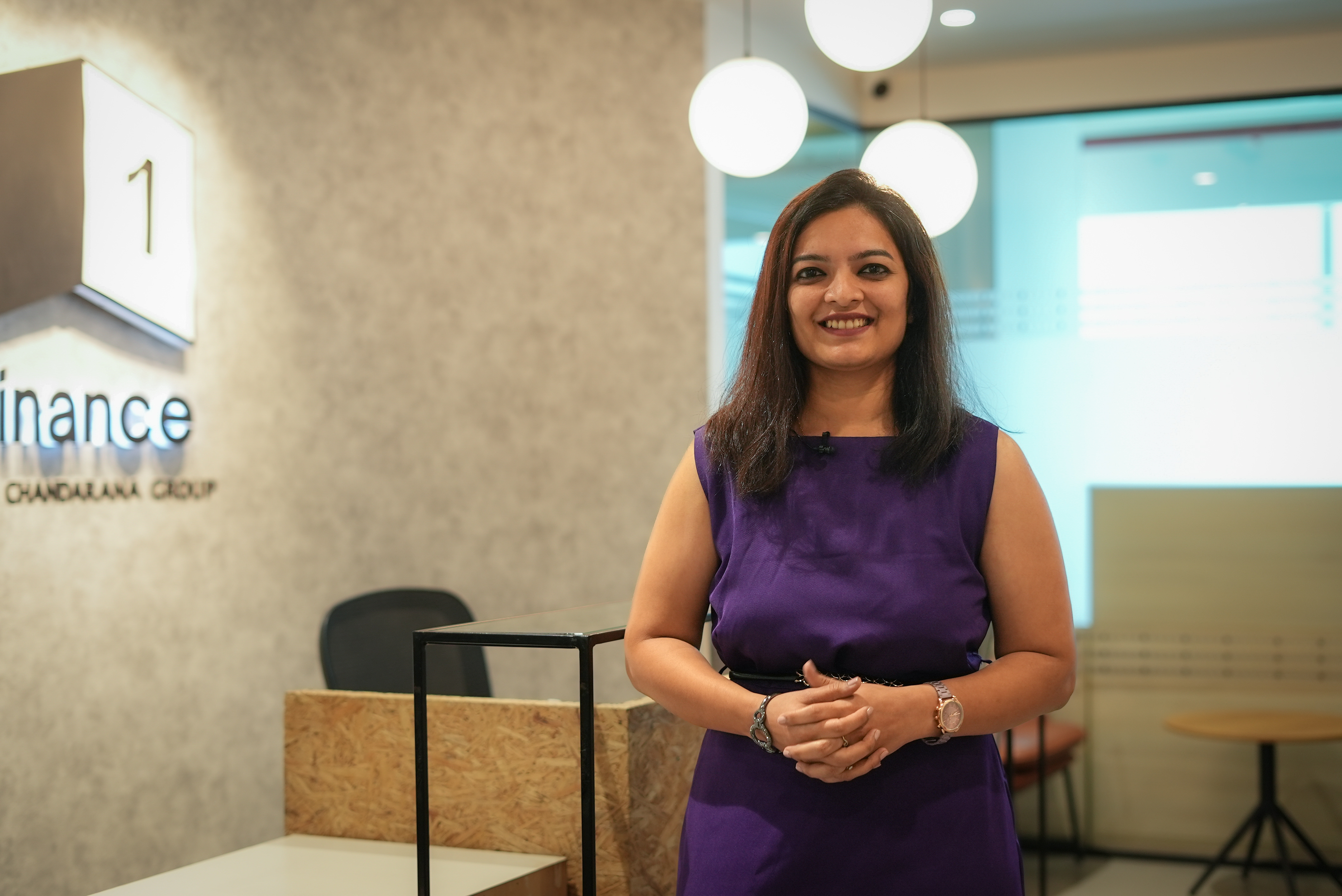Retirement—a word that often conjures images of winding down, but in reality, it marks the beginning of a new chapter, an open highway awaiting exploration. As a 35-year-old myself, I understand the tendency to brush off retirement planning, focusing instead on the present. Yet, the truth is, planning for retirement isn’t just about ensuring financial security; it’s about crafting the life you want to live when the time comes to step back from the daily grind.
Why Retirement Planning Matters
In today’s fast-paced world, where nuclear families are becoming the norm and life expectancy is on the rise, retirement planning is more critical than ever. Consider this: the average life expectancy in India is around 70 years, and with advancements in medical science, it’s not unusual to live well beyond that. This means that we may spend as much time in retirement as we did in our working years.
Moreover, societal shifts, such as increased education leading to early retirement and evolving career dynamics, mean that many of us have fewer working years but longer retirement periods to finance. Gone are the days when we could rely solely on social security or familial support in our later years. It’s up to us to ensure our financial independence and maintain our desired lifestyle post-retirement.
The Retirement Planning Process
So, how do we embark on this journey towards financial freedom in retirement? It begins with understanding the steps involved in estimating our retirement corpus:
- Determine Retirement Age: Choose the age at which you envision stepping away from full-time work. This decision will shape your financial planning horizon.
- Estimate Retirement Expenses: Project your future annual expenses, factoring in essentials like housing, healthcare, and food, as well as discretionary spending on travel and entertainment.
- Account for Inflation: Recognize that the cost of living will likely increase over time due to inflation. Adjust your expense estimates accordingly.
- Consider Retirement Benefits and Other Income Sources: Take into account any existing retirement benefits or alternative income streams, such as rental income or investments, that will supplement your savings during retirement.
- Calculate the Retirement Corpus: Utilize methods like the expense replacement or income replacement approach to determine the amount you’ll need to sustain your desired lifestyle post-retirement.
- Adjust for Investment Returns: Factor in the expected rate of return on your retirement investments, balancing risk and reward to meet your financial objectives.
- Regularly Review and Adjust: Stay proactive by revisiting your retirement plan periodically, making necessary adjustments based on changing life circumstances and economic conditions.
Conclusion
Don’t Let Your Retirement Be a World’s Longest Coffee Break – Start Planning Today!
Retirement shouldn’t be a passive break, but an active exploration of your passions and dreams. Taking charge of your financial future now allows you to design the retirement you deserve. The steps outlined in this blog provide a roadmap to get you started. Don’t wait any longer – take the first step towards crafting your ideal post-work life by creating a personalized retirement plan today. Remember, the earlier you start, the more time your investments have to grow, providing you with the peace of mind and financial freedom to truly enjoy your extended coffee break.









